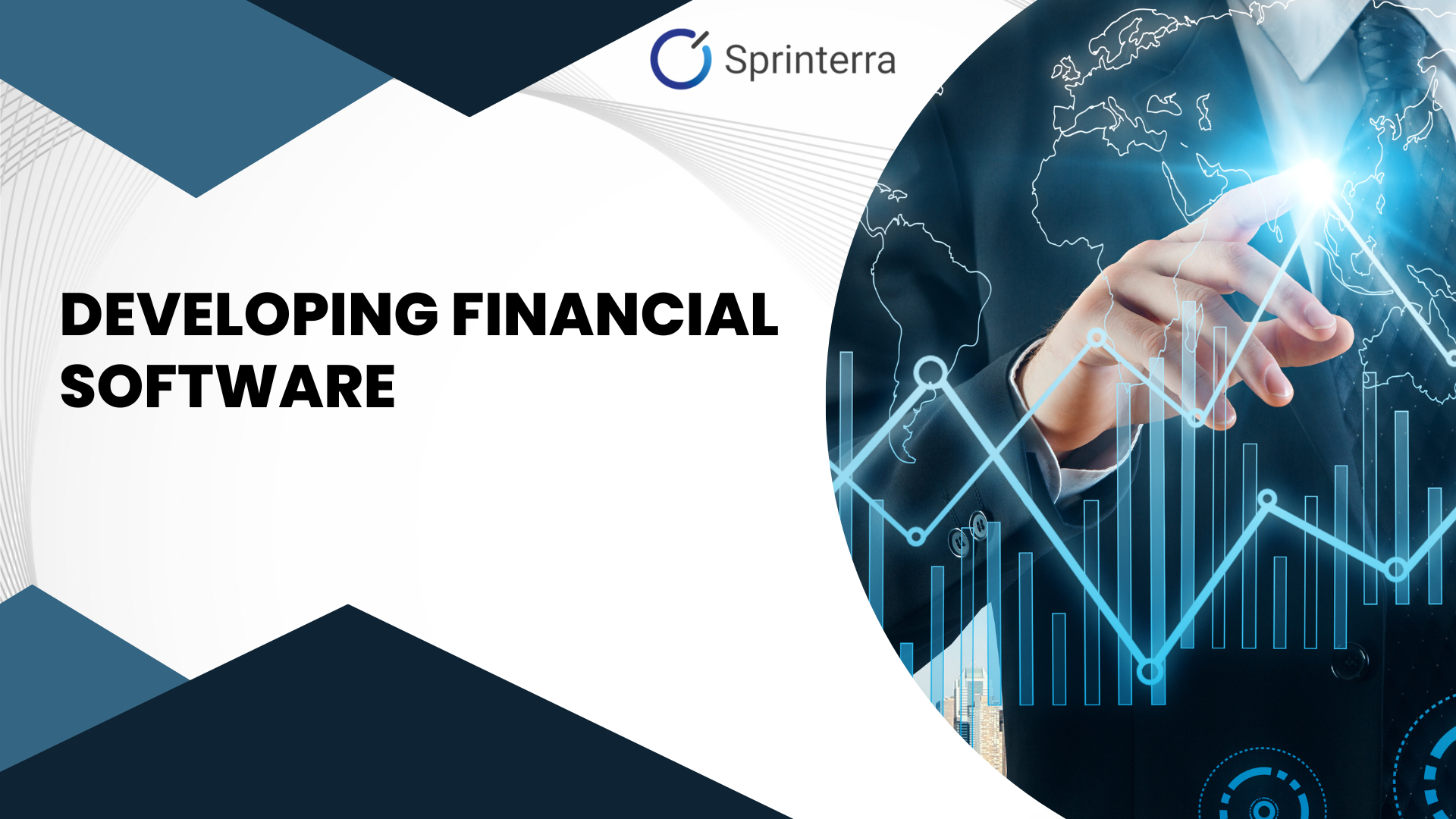In the dynamic realm of financial solutions, the cornerstone of success often rests upon the adept craftsmanship of innovative and user-friendly software. This pivotal software not only serves to streamline operations but also empowers businesses to make informed decisions based on data, thereby catalyzing an upsurge in profits. At the heart of this transformative process lies a team of seasoned developers from a reputable banking software development company, possessing the prowess to design solutions that are not only powerful and flexible but also finely attuned to user .
Key Takeaways:

At its core, financial software development is the process of creating a diverse range of solutions tailored for various financial operations, including banking, stock trading, and day-to-day financial tasks. This expansive scope covers everything from straightforward budgeting tools to intricate trading platforms. The overarching goal is to enhance the efficiency of financial institutions and businesses by optimizing processes, facilitating informed decision-making, and driving higher profitability.
The rapidly growing field of financial technology encompasses a variety of applications, including:
Granular customer data further aids with critical risk management. Effective predictive analytics helps detect patterns of fraud or defaults early. With customers highly concerned about data security, banks that harness data intelligently can gain a competitive edge.

As the fintech revolution continues to reshape the financial landscape, staying informed about the top trends is crucial. The following trends are anticipated to dominate the financial software development scene from 2023 to 2024:
Continuously shaping financial software development, offering automation, predictive analytics, and enhanced user experiences
Developing top-notch fintech software involves navigating through various challenges:
Developing financial technology software is a challenging but rewarding endeavor, requiring a delicate balance of technical expertise, regulatory compliance, and user-centered design. By addressing these challenges head-on, developers can create software that not only meets the needs of financial institutions but also delights end-users.
Financial software systems are designed with a suite of powerful tools and features to enhance financial management:
The technology stack employed in financial technology development can vary based on specific project requirements. The following table provides a rough overview of the technologies that may need implementation:
Technology
Purpose
Choosing the right development company is a critical step in fintech software development. Consider the following factors:
In conclusion, navigating the intricate landscape of financial software development requires a strategic blend of innovation, technical prowess, and a deep understanding of user needs. As the financial industry continues to evolve, embracing the top trends such as open banking, neobanks, artificial intelligence, sustainability, and buy now pay later services is crucial for staying ahead.
Get the latest insights on exponential technologies delivered straight to you
© 2024 Sprinterra. All rights reserved.